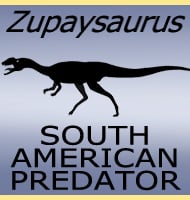Leptosuchus
In Depth Leptosuchus is a genus of phytosaur that is currently known from a few species. Phytosaurs like Leptosuchus were very much like crocodiles, though they were not actually directly related to them. An exceptionally large skull once assigned as Leptosuchus gregorii, has since been moved to the genus Smilosuchus, though since this time there … Read more
